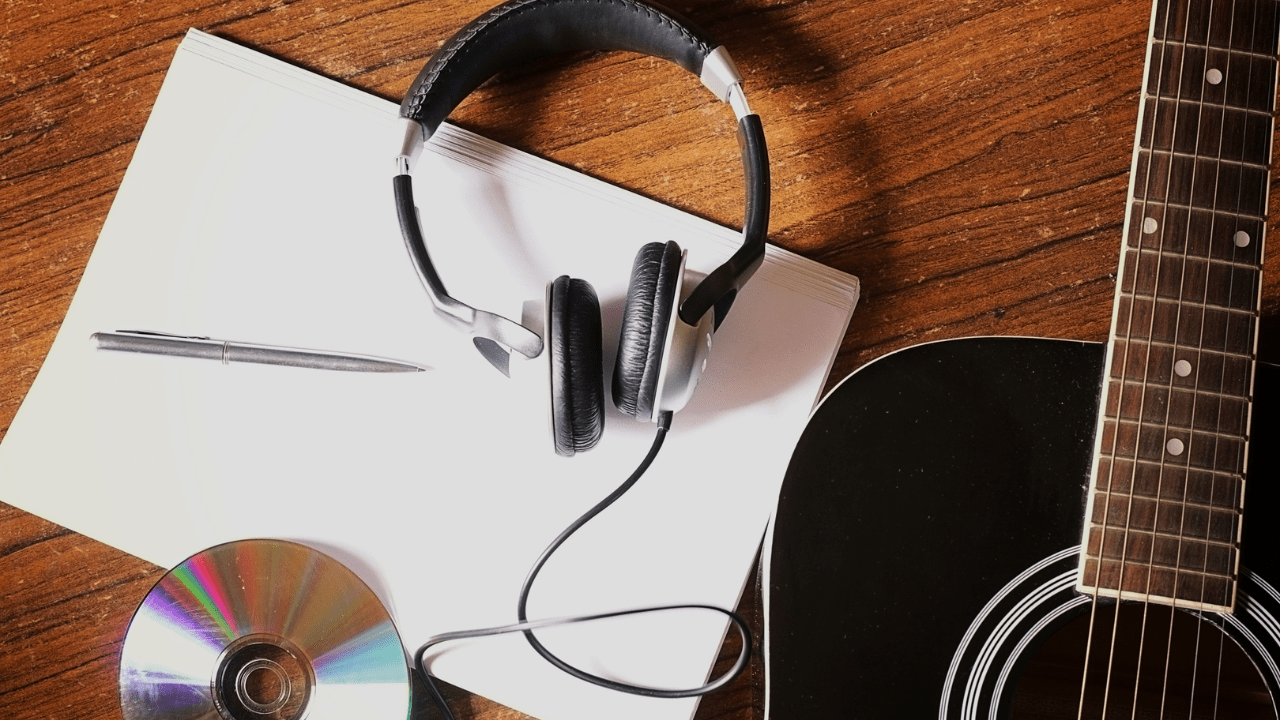Songs are more than just melodies and lyrics—they are structured creations built on tried-and-true formats. A song format serves as the blueprint that shapes a track’s flow, guiding listeners through verses, choruses, and more. Whether you’re a songwriter, producer, or music enthusiast, understanding song formats is crucial to creating or appreciating great music. This guide dives deep into the world of song formats, exploring their types, importance, and impact on the music industry.
What Is a Song Format?
A song format refers to the structure or arrangement of a song. It outlines how sections like verses, choruses, and bridges are organized to create a cohesive piece. A well-crafted format helps convey the song’s message, engage listeners, and build emotional resonance.
Common elements in a song format include:
- Intro: Sets the mood and introduces the song.
- Verse: Tells the story or sets the theme.
- Chorus: The catchy, repetitive centerpiece.
- Bridge: Adds variation or emotional depth.
- Outro: Wraps up the song.
Importance of Song Format
- Creates Flow
A structured format ensures the song feels natural and engaging. - Guides Listeners
Familiar formats help listeners anticipate changes, making the song more enjoyable. - Aids in Songwriting
Formats provide a framework for writers to organize their ideas effectively. - Improves Commercial Appeal
Songs with clear formats often perform better on charts and playlists.
Popular Song Formats
Several song formats are widely used across genres. Let’s explore some of the most common ones:
1. Verse-Chorus Format (ABAB)
This is the most popular format in contemporary music, especially in pop and rock.
Structure:
- Intro
- Verse
- Chorus
- Verse
- Chorus
- Outro
Why It Works:
- The repetition of the chorus makes the song memorable.
- Verses provide space for storytelling.
Examples:
- “Shape of You” by Ed Sheeran
- “Rolling in the Deep” by Adele
2. Verse-Chorus-Bridge Format (ABABCB)
Adding a bridge introduces variety and keeps the listener engaged.
Structure:
- Intro
- Verse
- Chorus
- Verse
- Chorus
- Bridge
- Chorus
- Outro
Why It Works:
- The bridge provides a new perspective or shifts the song’s mood.
Examples:
- “Someone Like You” by Adele
- “Let It Be” by The Beatles
3. AABA Format
Commonly found in jazz and classic pop, this format emphasizes variation in the third section.
Structure:
- Verse (A)
- Verse (A)
- Bridge (B)
- Verse (A)
Why It Works:
- It’s simple yet dynamic, allowing for strong lyrical emphasis.
Examples:
- “Yesterday” by The Beatles
- “Over the Rainbow” by Judy Garland
4. Through-Composed Format
This format doesn’t repeat sections, making it ideal for storytelling.
Structure:
- No repeated sections.
Why It Works:
- Perfect for ballads or narrative-driven songs.
Examples:
- “Bohemian Rhapsody” by Queen
- “Stairway to Heaven” by Led Zeppelin
5. Electronic Music Format
EDM tracks often use a build-drop structure to create energy.
Structure:
- Intro
- Build-up
- Drop
- Breakdown
- Build-up
- Drop
- Outro
Why It Works:
- The drop creates a high-energy moment, captivating listeners.
Examples:
- “Animals” by Martin Garrix
- “Titanium” by David Guetta ft. Sia
How to Choose the Right Song Format
Selecting a format depends on factors like:
- Genre
Different genres favor specific formats (e.g., pop uses Verse-Chorus, jazz prefers AABA). - Message
Use the format that best supports your song’s story or emotion. - Audience Expectation
Familiar formats are more likely to resonate with listeners.
Tips for Creating a Strong Song Format
- Start with a Hook
Make your intro captivating to grab attention immediately. - Balance Repetition and Variety
Repeat sections for memorability but include variation to avoid monotony. - Experiment
Break traditional formats to create something unique. - Listen to Hits
Study successful songs to understand why their formats work.
The Role of Technology in Song Formatting
Modern tools and software have made it easier to experiment with song formats.
- DAWs (Digital Audio Workstations)
Tools like Ableton Live, FL Studio, and Logic Pro help visualize and structure songs. - AI Assistance
AI-powered tools can suggest formats based on your lyrics or melody. - Online Tutorials
Platforms like YouTube and MasterClass provide insights into song structuring.
The Future of Song Formats
As music evolves, so do song formats. Emerging trends include:
- Shorter Songs
Optimized for streaming platforms, focusing on quick hooks. - Hybrid Formats
Blending traditional structures with experimental elements. - Interactive Music
Formats that adapt to listener preferences, especially in gaming or VR.
Final Thoughts
Understanding song format is essential for anyone involved in music creation. It provides a foundation for crafting memorable and impactful tracks while allowing room for innovation. Whether you stick to classic formats or experiment with new structures, mastering this aspect of songwriting will elevate your craft.
Related Articles:
For further reading, explore these related articles:
- Music Press Release Format Made Easy: Step-by-Step Guide
- Best Audio File Format: A Simple Guide to Quality, Storage, and Compatibility
For additional resources on music marketing and distribution, visit Deliver My Tune.






